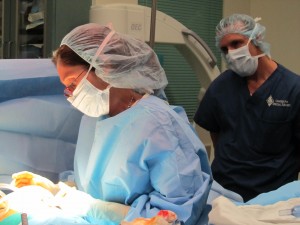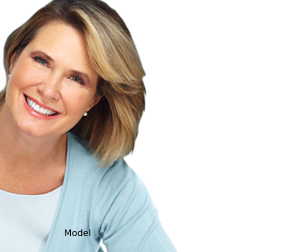
A tremendous effort has been placed on redefining breast augmentation as more than just a surgical procedure. The Plastic Surgery journals are full of peer-reviewed publications that clearly document improved long term outcomes when there is effective communication between the physician and the patient. The decisions made by both the surgeon and patient during the pre-operative consultations may have more of an impact on the quality of the outcome and its longevity than the implant selected or the augmentation procedure itself. It is during this educational process that surgeons have the best opportunity to simultaneously introduce the informed consent documents that let the patient know that they are involved, and responsible for their decisions. An effective educational process must link understanding with accountability and what really matters is whether the patients understand, acknowledge, and take responsibility for their decisions.
In the medical setting, the term “informed consent” arose in the United States in 1957. This terminology shifted the physician-patient relationship away from the medical paternalism that had encompassed medicine and surgery for centuries, toward that of a duty to respect patient autonomy. As the author of several chapters on Patient Education in Breast Augmentation and the Management of Breast Implant Complications, I firmly believe that the first step in accomplishing improved outcomes in breast augmentation is comprehensive patient education. Informed consent in breast augmentation, therefore, should have two main aims. The most important goal should be to respect and promote the patients’ autonomy, and the second, to be truthful and protect them from harm. If detailed accurate information has been provided in an understandable format, patients should be assured of both these aims. Only if the patient obtains a comprehensive understanding of the possible benefits, harms, and alternatives to the procedure, can she give adequate informed consent.
For the last year, my breast augmentation consultations have also included the use of the Vectra Breast Simulator by Canfield. Unlike other plastic surgery practices that use the Vectra as a marketing tool to “Wow” the patients and their partners with a visual of possible outcomes, I use the Vectra to further educate my breast augmentation patients. Only after Biodimentional Tissue Measurements are obtained, and the selection of implants has been narrowed to only those that fit the patient’s tissues, will I then simulate several possible outcomes. These simulations may include choices between round or shaped devices, as well as moderate or full heights or moderate or full projections. There is no one right implant for every patient, and there will always remain choices; a “smaller”, an “optimal”, and a “larger” implant. Each implant selected will have advantages and trade-offs. Ultimately implant selection will be the patient’s choice, but it will only be made after a “comprehensive” patient education.






